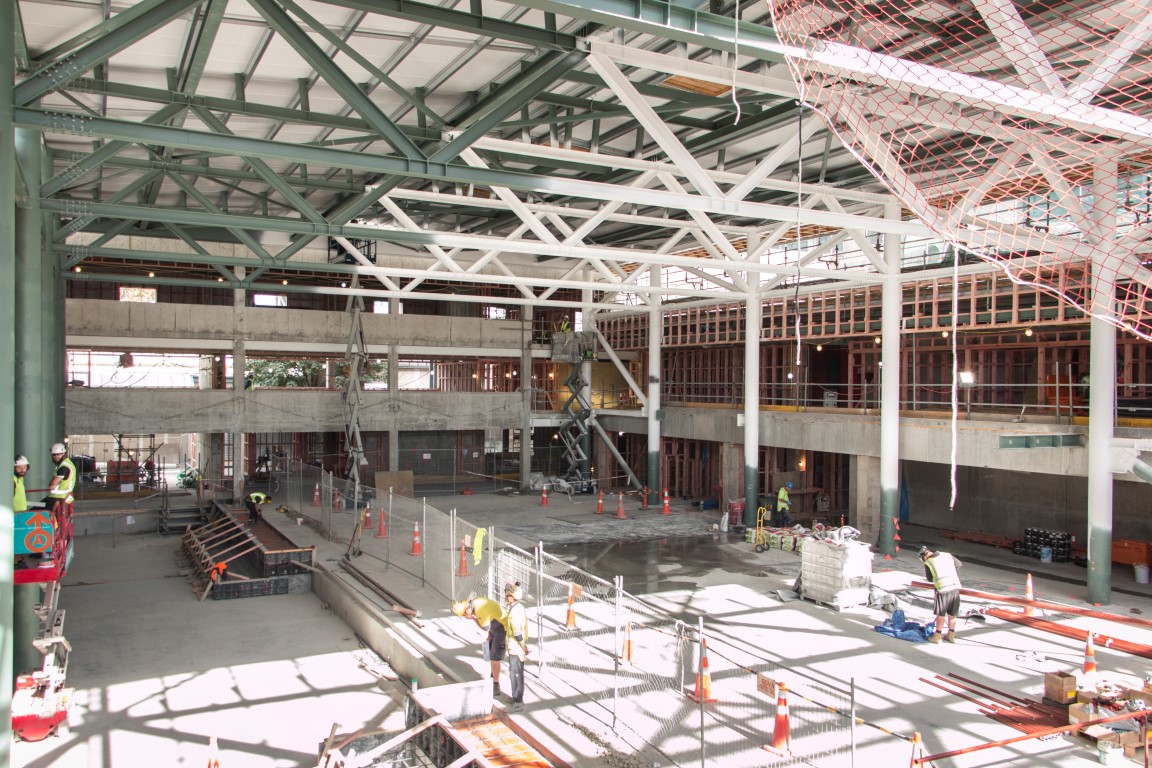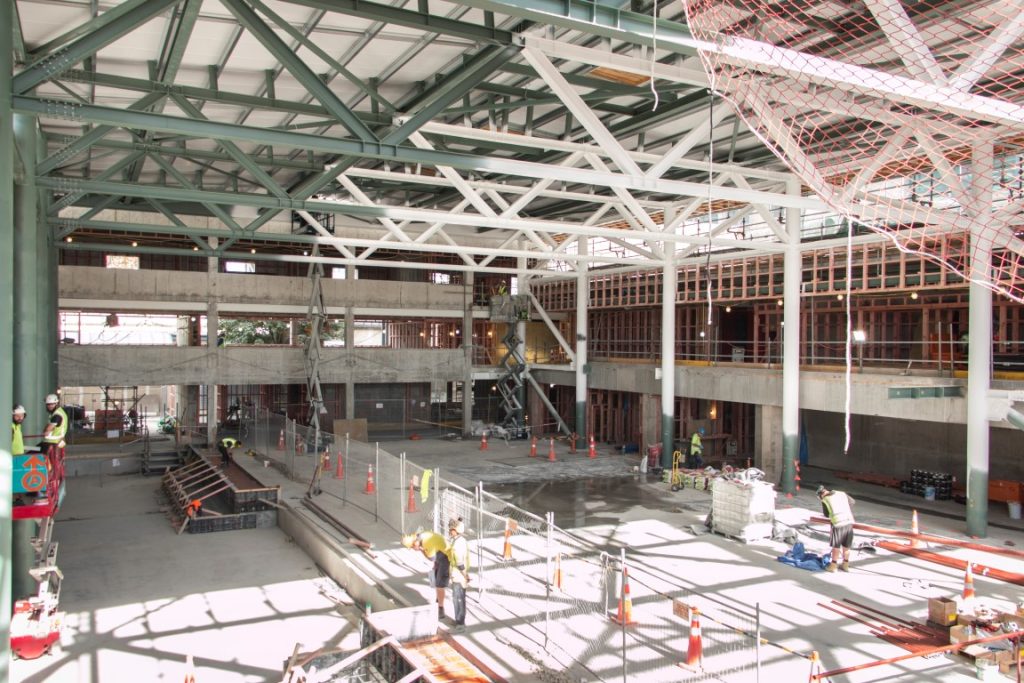

Rapid cost increase was one of the biggest concerns in Canterbury’s recovery environment. The local market could not provide sufficient skilled consultants or contractors, and supply chains were strained nationally and internationally, leading to rising costs for personnel, materials and equipment. At one point, extreme projections suggested that every month of delay would result in an additional $1 million cost to the project.
What did it influence?
Operationally, the fear of cost increases was felt in three important areas:
- Build schedule
Our project durations stretched to five years with largely fixed budgets. Annual cost increases of 6-7% were predicted and budgeted for, significantly impacting on what was deliverable from year 3 onwards. An expedient strategy was to deliver the most expensive parts of projects first, where this was possible. This avoided the potential impact of later value engineering, but it was not always the ideal, or most logical, progression from a programme perspective.
- Refurbish vs rebuild decisions
When pause and challenge points were reached on brownfields projects, significant investment had already been made over 1-2 years of work. Projections going forward were based on the higher costs anticipated in the longer-term budgets, making rebuild less palatable and contributing to some decisions to continue with brownfields solutions.

- Contract management
In the face of escalating costs, some packages were split to allow workstreams to proceed concurrently. On one project, remediation, structural work and internal fitout were let as separate packages, with the intent that the project would be concluded more quickly to avoid the impact of cost escalation over time. However, this also created increased management complexity and some contractual tags were not communicated to all consultants resulting in misunderstandings of areas of responsibility and, ironically, project delays.
What does that mean?
Costs definitely did escalate during the recovery period, although not to the extreme level that was feared. However, the concern about cost escalation had a very real impact on significant areas of programme delivery. While it might never be possible to quantify exactly how markets will respond in a recovery environment, the implications of strategies aimed at mitigating potential cost increases need to be acknowledged in programme planning. The legacy of fear can be as lasting as that of fact.